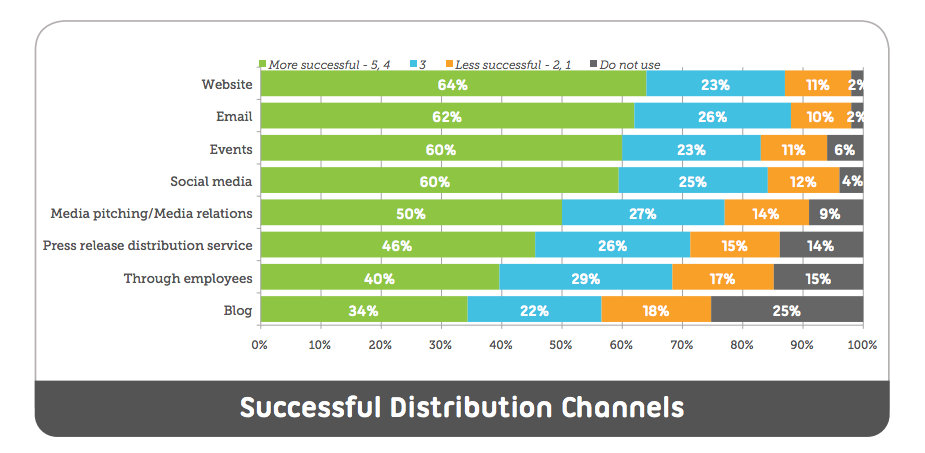It’s no secret that PR and marketing have changed and are continuing to change at an alarming rate. Digital media and technology are transforming the way marketers and PR professionals do their jobs and communicate with their audiences.

Neither one can get away with not knowing what their efforts are doing; their teams and stakeholders are demanding that work be tied to business outcomes. As a result, marketing and PR are becoming more data- and results-driven.
Marketing automation can help with gathering the data and mining it for insights, but Market Connections’ research, sponsored by Vocus, shows that many PR practitioners and marketers have yet to embrace the tool. Most of the time, they shun it because of the upfront costs as well as the perceived difficulty of learning and using the tool on a daily basis.
Those who have invested in marketing automation feel differently about the cost and whatever learning curve there is; marketing automation’s benefits outweigh the challenges. Specifically, they report:
- Improved sales conversion – Almost two thirds (62 percent) of those with marketing automation see improved sales conversions.
- Enhanced targeting is a perceived benefit for nearly 60 percent of those using automation (57 percent).
- Lead generation – Fifty-five percent of those using automation see generating more leads as a benefit, and 54 percent of those using automation see higher quality leads as a top benefit.
Want more insights from the State of Marketing in 2014? Get your free report now!
Content marketing is a hot topic, too, although perhaps not for the reasons expected. While PR professionals and marketers are increasingly responsible for creating “owned” content such as blog posts, infographics, and webinars, few of them have a content marketing strategy in place.
Market Connections’ research finds that only 60 percent of respondents or their clients have an actual content marketing strategy. Only 19 percent are considering adding such a strategy. The finding is troubling; a strategy ensures that business outcomes are met.
Another pain point is the idea that all aspects of digital media are being fully embraced and used. It’s not true. Many of the respondents state that blogging is one of their least successful tactics. The finding isn’t at all surprising when considered in light of Mark Schaefer’s “content shock” theory. Cutting through the steadily increasing noise demands consistent, quality content and almost warp-speed frequency.
No marketer or PR professional is humanly capable of doing that, so they tend to focus on efforts that more immediately link to business outcomes. More than 50 percent of survey respondents indicate that they view their websites, email, events, social media and media relations as strong distribution channels.
Market Connections’ research shows a state of marketing and PR that is in flux. Marketers and PR professionals are figuring out how to best use the new tools they have at their disposal in order to meet business outcomes. While it’s unclear how they’ll use those tools, one thing is clear: businesses’ and audiences’ expectations are changing in light of digital media and technology.
Want to know more about the state of PR? Download the full report from Market Connections and Vocus.
Image: geralt (Creative Commons)![]()


